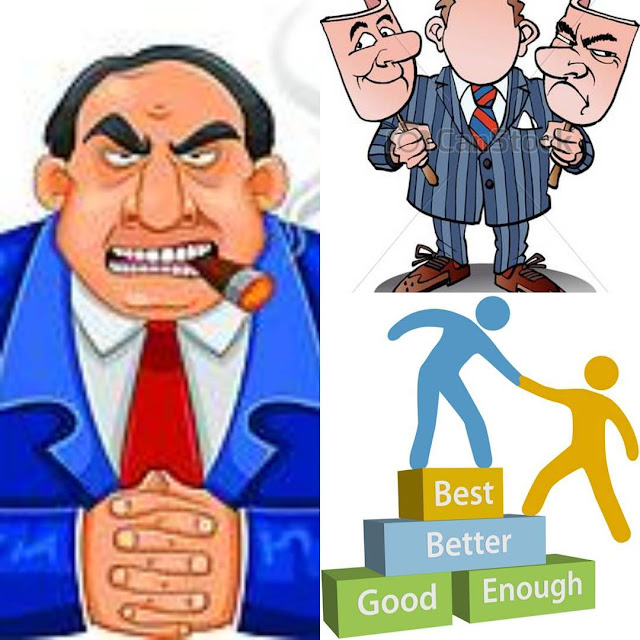From the old days, people are familiar with the field
of investments, trade, engineering, science and education, they are used to perceive
those who work in these fields like brokers and dealers, engineers, scientist and
teachers as thinkers, problem solvers, creative and developers, on the other
hand workers, staff, and employees perceived as doers where they only need to
do what they are told and deliver it as it wanted, these concepts and perceptions
stayed long enough to be facts and logic to people, in fact it has been taught for
generations in this way, these are the heritage that made most of leaders of
organization to perceive HR as cost unit, technical function and operations
only in other words doers, while the other fields and specialization as expert
matters and thinkers.
Time pass and the world start changing and
shifting towards globalization and global completion in the market and trades,
the demand for knowledge, skills and the right behavior increased by
multinational organization to gain the core competency, competitive advantage
and sustainability of their business. Recently with the shift from industrial
era to knowledge and technology era people start to realize the challenges came
along with managing people in terms of conflict, culture, talent, competencies,
training and development, employee engagement, performance management and other
aspects of human which affect organization performance and competitiveness in
the market, thus the realization of human as important assets of the
organization increased and HR become more of attention to organization than
before.
Organizations realized that in the knowledge and
technology era people are the key to succeed, in fact they realized that people
were always from the old days the key to succeed but they cannot say it at that
time because the environment focusing on materialistic and human used to be
seen as part of the production material line rather than important assets and
key to success, this shift of thinking transform HR from the perception of
doers, cost unit and operation to be human resources, then human capital, these
terms shifted not just the perceptions but even the practices that made HR
today as a specialized field like other fields were it have expert matters and
even the teaching of HR shifted from operation to more strategic and tactics
practices like Dave Ulrich model.
Although this is the case in global organizations
that face this reality in early stages of the knowledge and technology era
still large number of organizations in local and regions are perceive HR as
cost unit and operation, they focus on making profit in money and shares term
rather than planning to sustain competitiveness, core competency and grow to
global market, other organizations still relay on sales people to make them
survive the competition and make the profit money, while others relay on financial
reports and statistics to make decisions regarding organization vision and
mission to craft the strategy, the gap is still there although HR is being now
introduce as strategic partner but the old culture and perceptions still strong
in many organization culture and leaders mindset, thus the work on pushing HR
to take the rightful place in organization is not done and need more convincing
for leaders that HR people are thinkers, problem solvers and strategic partner
in decision making, this may take a while and lots of effort but it will get
there since human today is the essence of organization competitiveness and sustainability.











